Don't wanna be here? Send us removal request.
Link
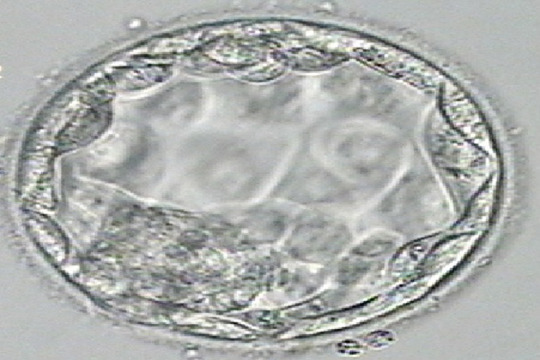
A blastocyst is an embryo that has been left to develop until day 5 or 6. It has a more complex cellular structure formed by approximately 200 cells. The blastocyst phase is the prior development stage to implantation of the embryo in the mother’s uterus. The transfer of blastocysts allowed one or two blastocysts to be transferred with high implantation potential. It also minimizes the risks of multiple pregnancies. Single blastocyst transfer completely avoids twin pregnancy. The advantage of growing embryos to the blastocyst stage is that they should have a more chance of implantation because the phase of embryo development matches the uterine environment.
#Best Blastocyst clinic in delhi#Best Laser hatching clinic in delhi#Best PGD clinic in delhi#Donor programme centre in delhi#Best Embryo preservation centre in delhi#Best Egg preservation centre in delhi
0 notes
Link
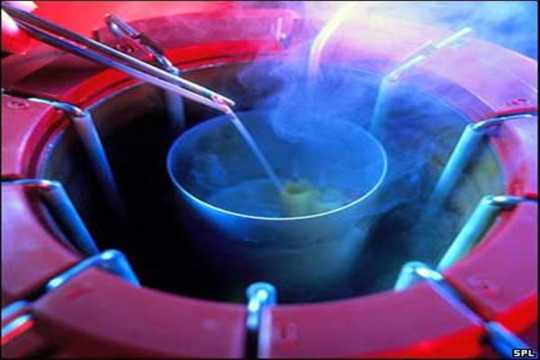
Embryo preservation involves the freezing and storage of embryos for use in future in vitro fertilization (IVF) treatments. Embryo cryopreservation is also common for fertility preservation. Embryo freezing allows people to store embryos for later use. Embryo cryopreservation is particularly efficient when the embryos are growing well. The survival rate of embryo is 75%. However, not every embryo is good for cryopreservation. The success of the procedure is ultimately bounded to the embryo selection before freezing. Research shows that there is no risk of birth defects among children born from frozen embryos compared with normal births.
#Donor programme centre in delhi#Best PGD clinic in delhi#Best Laser hatching clinic in delhi#Best Blastocyst clinic in delhi#Best Embryo preservation centre in delhi#Best Egg preservation centre in delhi#Best ICSI clinic in delhi#IVF Centre in Delhi#Best IUI clinic in delhi
0 notes
Link
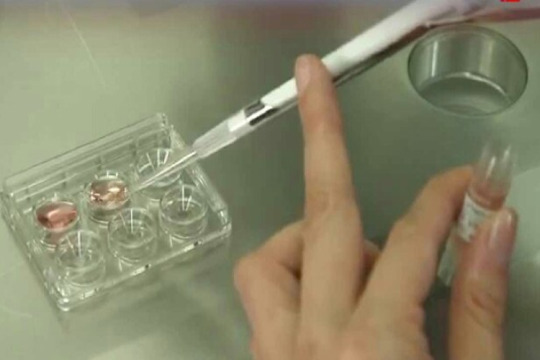
An alternative option in fertility preservation is Egg Preservation. Egg freezing is also known as mature oocyte cryopreservation. It is a method used to save women's ability to get pregnant in the future. Egg preservation to use in future in vitro fertilization (IVF) procedures have high odds of implanting and creating a successful pregnancy. In recent years, it is accepted by the medical community that egg freezing as a non-experimental procedure, primarily due to advances in freezing techniques.
#Best Egg preservation centre in delhi#Best ICSI clinic in delhi#IVF Centre in Delhi#Best IUI clinic in delhi#Best Embryo preservation centre in delhi
0 notes
Link
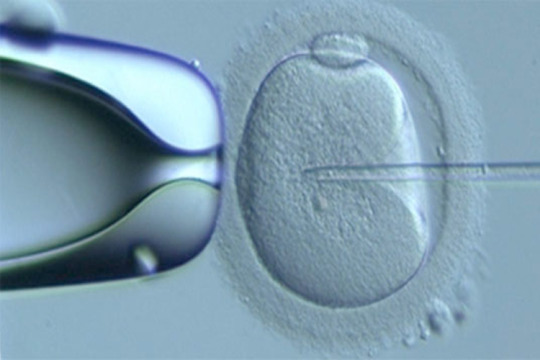
Intracytoplasmic Sperm Injection (ICSI) is an advanced form of In Vitro Fertilization (IVF). ICSI involves the injection of a single sperm directly into a mature egg using very fine micro-manipulation equipment. ICSI itself is very successful at helping the sperm and the egg to fertilize. Fertilization happens in around 90% of cases. Every 10 mature eggs obtained and combined with the sperm either with IVF or ICSI, approximately five to six will fertilize normally. ICSI has not been shown to increase fertilization rates in situations where the sperm assessment is normal.
#Best ICSI clinic in delhi#IVF Centre in Delhi#Best IUI clinic in delhi#Best Egg preservation centre in delhi#Best Embryo preservation centre in delhi#Best Blastocyst clinic in delhi#Best Laser hatching clinic in delhi#Best PGD clinic in delhi#Best Infertility Centre in Delhi#Hysteroscopy centre in delhi
0 notes
Link
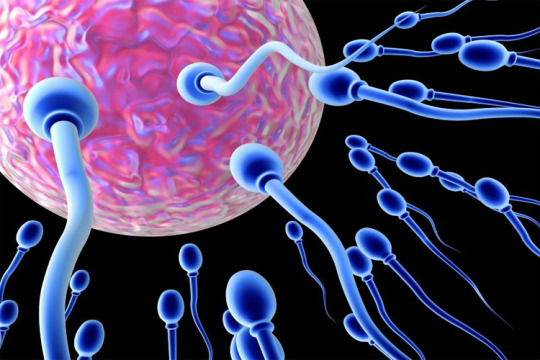
In Vitro Fertilization is an assisted reproductive technology (ART) commonly referred to as IVF. It works by using a combination of drug treatments and surgical methods. In the procedure of IVF, the eggs and sperm combined outside the body in a laboratory. Once an embryo or embryos form, they are then placed in the uterus.
#IVF Centre in Delhi#Best IUI clinic in delhi#Best ICSI clinic in delhi#Best Egg preservation centre in delhi#Best Embryo preservation centre in delhi#Best Blastocyst clinic in delhi#Best Laser hatching clinic in delhi#Best PGD clinic in delhi#Donor programme centre in delhi#Best Infertility Centre in Delhi
0 notes
Link

IUI stands for in intrauterine insemination. It’s also sometimes called Artificial insemination, alternative insemination, or donor insemination. IUI works by inserting sperm cells into the uterus at the time of ovulation. It is helping the sperm get closer to your egg, it reduces the time and distance of sperm reach the uterus and making it easier to fertilize the egg.
#Best IUI clinic in delhi#IVF Centre in Delhi#Best ICSI clinic in delhi#Best Egg preservation centre in delhi#Best Embryo preservation centre in delhi#Best Blastocyst clinic in delhi#Best PGD clinic in delhi#Best Infertility Centre in Delhi
1 note
·
View note